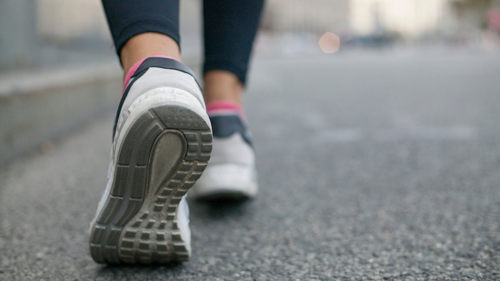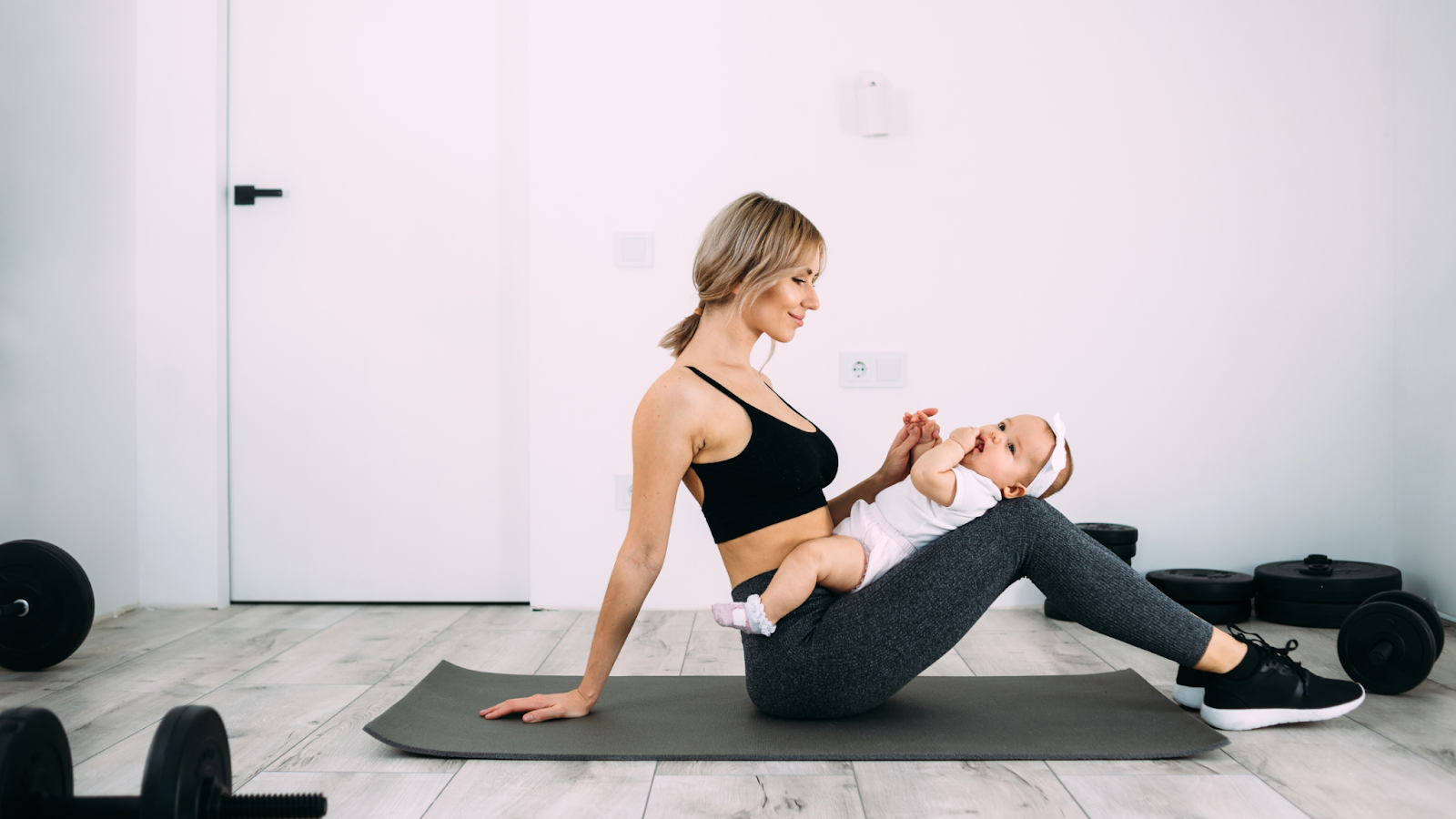The arrival of a new life into the world is a beautiful and life-changing experience. As your body recovers from childbirth, it’s important to take part in postpartum exercises to help regain your strength, improve your energy levels and support and enhance your mental health. In this guide, we will look at some of the key postpartum exercises including pelvic floor, core, and exercises specifically for C-section recovery.
Postpartum exercises
Postpartum exercises are tailored to help new mothers to regain their strength and fitness levels after giving birth. It’s important that these exercises begin as low-impact activities to reduce the risk of setbacks in the healing period. As your body begins to heal, you can gradually progress with exercises. The focus of these exercises is to strengthen the muscles that were weakened during pregnancy and improve cardiovascular fitness.
Low-impact activities include walking, swimming and stretching can be a good place to start. Starting off with gentle walks can enhance circulation and increase your mood. It’s key to begin with short walks to ease your body into exercise again, then you can start to slowly increase the duration of your walks as your body begins to heal and feel more comfortable. Swimming is a great exercise postpartum due to its low impact on the body, however, it’s important to ensure your doctor is happy for you to start swimming to avoid any risks to healing. Incorporating light stretches into your new routine can help to ease muscle tension and improve flexibility.
It’s important that as you start to reintroduce exercise after giving birth, you listen to your body and avoid pushing yourself too hard, particularly in the early weeks to avoid damaging the healing process.
Pelvic floor exercises postpartum
During pregnancy and birth your pelvic floor muscles undergo significant stress. These muscles are key in preventing incontinence and help support overall core stability. Your pelvic muscles are the muscles used to hold in urine or a bowel movement.
Pelvic floor exercises can be short holds or long holds. To perform these exercises, squeeze and hold these muscles tight for 1 second then relax the muscles and repeat this up to 10 times. For long holds, again squeeze and hold the muscles for about 10 seconds then relax the muscles fully with a rest of around 5 seconds, repeat these holds for up to 10 times. If you are struggling to hold for 10 seconds, you can reduce this time and work your way up to 10-second holds.

Postpartum core exercises
Regaining core strength is crucial in postpartum recovery due to the weakening of these muscles during pregnancy. It’s important to approach core exercises with caution due to the extreme impact pregnancy and childbirth have had on these muscles. Gentle core exercises can help to reduce back pain, improve posture and support overall physicality. Some of these exercises include:
Heel Slides
-
Begin by lying on your back with your knees bent and feet flat on the floor. Leading with your heel, extend one leg out until it is flat, then as you inhale, bring that leg back up to the starting position. Repeat the exercise with the opposite leg and continue to alternate between each leg.
Pelvic Tilts
-
Start on your back with your knees bent and your feet on the floor, ensure to keep your back with its natural curve so there’s a small space between the floor and your lower back. Start to gently tilt your pelvis upwards so that your lower back it pressing into the floor, closing that gap. Hold this position for a few seconds then return to the starting position and repeat.
Bird Dog
-
Begin on your hands and knees, with your hands placed under your shoulders and your knees under your hips. Lift your left arm and extend it out in front of you whilst taking your right leg and extending it out behind you. Ensure to keep your head down facing the floor, maintaining a neutral spine. Hold his position for a few seconds then return to the starting position. Repeat the exercise using your right arm and left leg.

Postpartum C-section exercise
Recovery after a c-section delivery needs to be approached carefully due to the nature of the surgery. It’s important to focus on gentle exercises and activities that will promote healing and avoid straining the incision area. Some examples include:
Knee Rolling
-
Begin by lying on your back with your knees bent and feet flat on the floor. Whilst keeping your knees and feet together, slowly roll your knees from one side to the other, ensuring you are doing this within your comfort zone and not pushing your body too far.
Walking
-
Walking is a good way to ease back into exercise after a c-section. Starting off with short slow walks helps to promote circulation. As your healing progresses, you can begin to increase the length and pace of your walks.
Pelvic tilts
-
Despite having a c-section delivery instead of a vaginal delivery, your pelvic floor muscles will have been weakened. As described above, you can perform long and short holds of your pelvic floor muscles, ensuring you are listening to your body and progressing at the pace of your healing.
Take on Postpartum Exercising With Village Gym
With a range of state-of-the-art facilities and resources, we can help you achieve your postpartum fitness goals. We have 33 gyms across the country and flexible membership plans to suit your lifestyle. At Village Gym, we also provide a range of fitness classes and luxury amenities if you’re looking for something different from a traditional gym workout. Join Village Gym to embark on your postpartum fitness journey.
FAQs About Postpartum Exercises
When can I start exercising after giving birth?
If your delivery was smooth with no complications, you can begin gentle exercise when you feel ready. It is important to consult your healthcare provider before you begin exercise after birth.
What exercises should I avoid after giving birth?
Avoid any heavy lifting after birth or more intense core exercises like sit-ups or crunches. These can put a strain on the body when it is still in the early stages of healing.
Will I get back to pre-pregnancy fitness levels?
You can get back to your fitness levels pre-pregnancy if you are gently introducing exercise again and gradually increasing exercise at an appropriate level. It's important to remember that the time it takes to get back to these fitness levels will vary from one individual to another due to the nature of each person's birth.


